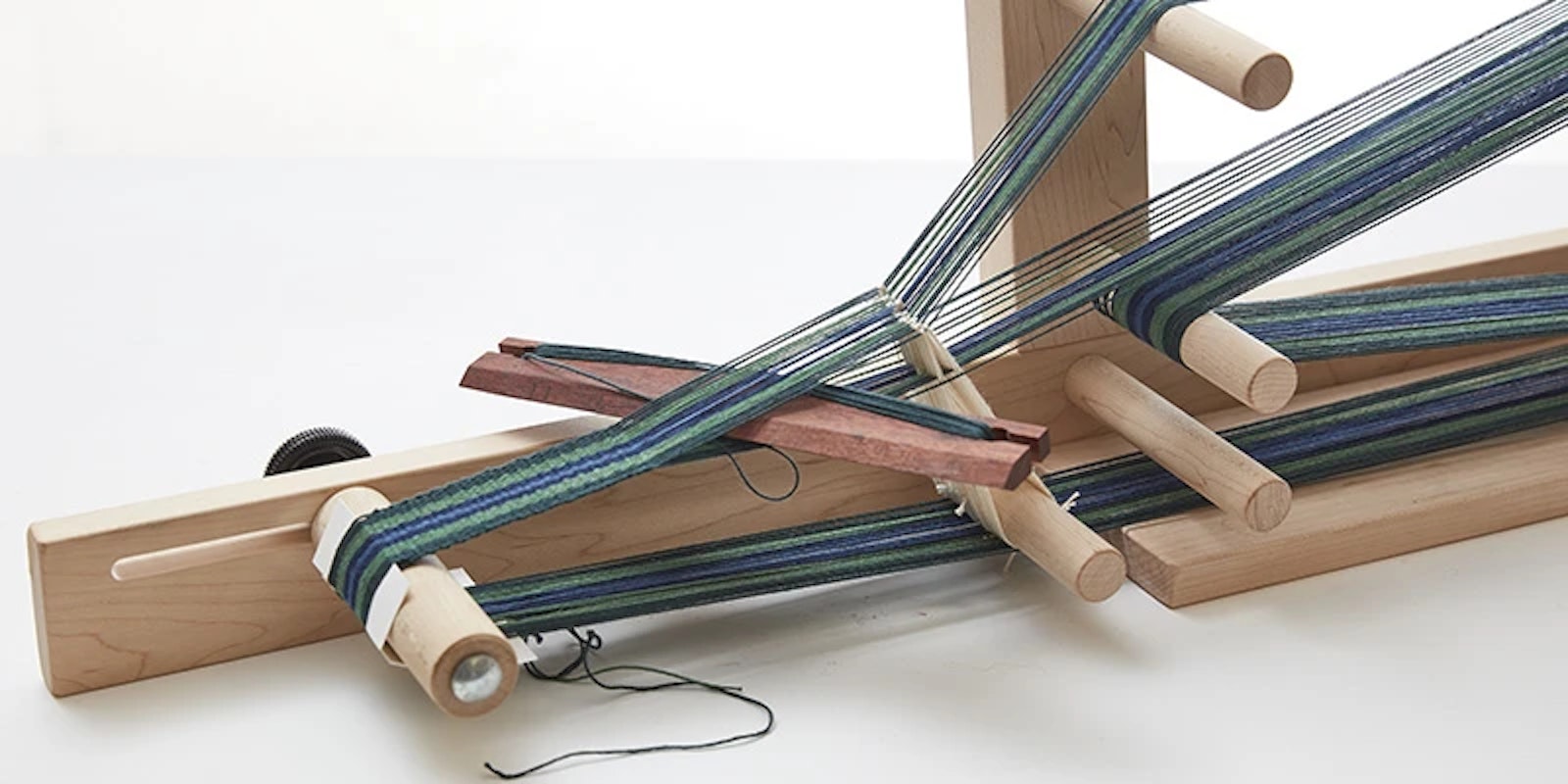 | |
| Robyn's 4-Shaft M-and-W Twill Dish Towel from the Nov/Dec 2013 Handwoven. |
I love twills. In fact, twills may make up the majority of what I weave. What most people don’t realize is that twills are all around us: from our denim jeans to stunning tartan fabrics woven in a technically precise 2/2 twill to high-tech fabrics that can be molded into three-dimensional shapes.
Then there is the fun language of twills. They can be straight, pointed, extended, and even broken. They can be balanced or unbalanced. I can turn them, advance them, network them, and integrate them. Some have names like undulating, rosepath, Dornick, M and W, plaited, and fancy. When we start communicating with other weavers, it’s no wonder that people look at us as though we’re nuts since they can't fathom what we’re saying. They only know it makes sense to us as we chatter away in our twill code-speak.
The best thing of all is how versatile a single twill threading can be with subtle changes in weft, treadling sequence, and/or the tie-up. I love threading one of my looms and discovering the multitude of things I can do with it. At least once a year, I will put on long warp and weave dish towels with plaited twill patterns. They’re so classic and timeless.
Twills can also give us fits. With less interlacement in the cloth than plain weave, they can be prone to draw-in and often don’t combine well with plain weave. Twills are known for their ability to drape, but as more interlacement comes out of the fabric, the overall structural integrity of the cloth can be impacted. For these reasons, sett and float length become critical to designing a good cloth. Twills can challenge the weaver, but once having mastered the twill weave, a weaver is well deserving of a license to twill.
—Robyn Spady

